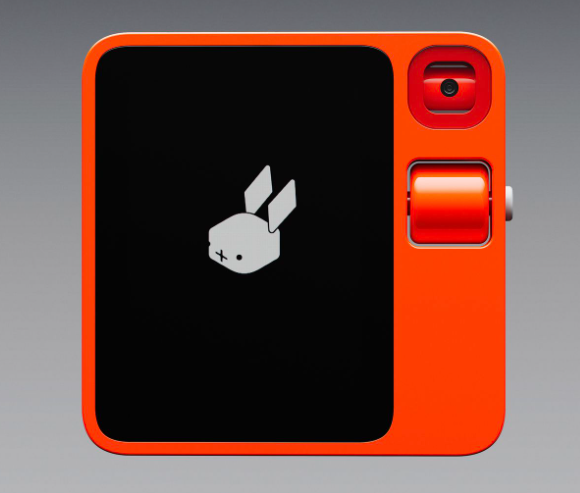How does your Weighing Machine work?
Hey gadgeteers, Happy Wednesday!
Let’s look at how digital weighing machines work this week. I aim to write my newsletter issues in a way one can follow them while traveling on a bus, having a coffee, waiting for food, etc. Let's jump in!
How it works: 15-second answer
The weighing machine utilizes four load cell sensors under the platform we stand on, converting force into electrical signals. Four strain gauges are used in every load cell in a Wheatstone bridge circuit to ensure accuracy. Output voltages from all four cells are combined, converted to weight via pre-calibrated data on a microprocessor, and displayed on an LCD screen. This process ensures precise weight measurement, reflecting weight distribution effectively. This is how a weighing machine works.
Answer to the question I posed last week
Last week, I asked why the rice cooker stops cooking when we remove the vessel while it’s cooking - this is because of the spring pushing the metal block back upwards using its spring force. Thus, the lever is no longer attached to the block using the magnetic force. This changes the Cook mode to Warm mode and the heating coils stop supplying heat needed to cook.
How do Weighing machines work?
Taking the pressure
First, we step on a platform of the weighing machine to measure our weight. Each of the four quadrants of the platform has a sensor right below. Similar to how each of the four wheels of a car has different pressures due to the weight distribution of the car frame and the people sitting inside, each of the sensors also undergoes different pressures due to our weight.
Figure 1: Four load cell sensors under the glass platform with circuit connections shown.
How do the sensors detect the load?
The sensors are called strain gauge load cells. They convert any force applied to it into an electrical signal. As the force applied on the load cell due to our weight increases, the signal changes proportionally.
Figure 2: Working mechanism of a load cell using one strain gauge on it. Compression decreases the resistance and tension increases the resistance.
A strain gauge is a thin wire attached to a flexible backing in a zigzag configuration. When the shape of the strain gauge is altered, a change in its electrical resistance occurs. Tension force stretches a strain gauge, causing it to get thinner and longer, resulting in an increase in resistance. Compression force does the opposite. (see Figure 2)
Measuring the weight accurately
Figure 3: Four strain gauges used in one load cell sensor arranged in a Wheatstone bridge circuit configuration (Left Top); Strain gauges undergoing tension and compression (Right); Output voltage formula using the four strain gauge resistances R1-R4 (Left Bottom)
Since the change in resistance measured by a single strain gauge is extremely small, it is difficult to accurately measure different body weights using one strain gauge in a load cell sensor. Increasing the number of strain gauges magnifies these small changes into something more measurable. Hence we use four strain gauges in one load cell in a Wheatstone bridge circuit configuration (Figure 3 Left top) to measure the load more accurately on each of the four load cells.
Displaying the weight
We supply Voltage input V0 (see Figure 3) using the batteries we connect to the weighing scale. Our weight applies a load on all the load cells, which changes the output voltage V0 (see Figure 3) proportionally. The voltage readings from all four load cells are combined to provide a total output voltage.
Finally, this voltage is then converted to a weight using pre-calibrated mapping for voltage vs weight on a microprocessor and is then displayed on an LCD screen. This is how a weighing machine works.
Question of the week
The load cell is a crucial component of how digital weighing machines work. Likewise, what is the core technology used in mechanical weighing machines to make them possible? Reply to this email with your thoughts, and we’ll have a discussion.
Gadget of the week
Figure 4: Rabbit R1
Rabbit R1: It is a handheld device that uses Large Action Model (LAM) AI to simplify digital tasks, respond to voice commands, and can be trained to interact with new applications. It has a rotating camera, a control wheel, speakers, and microphones. It is not a smartphone but can connect to the apps on your phone.
Thank you for reading!
Have an amazing rest of the week, and take care!
Until next to next Wednesday,
Chendur




